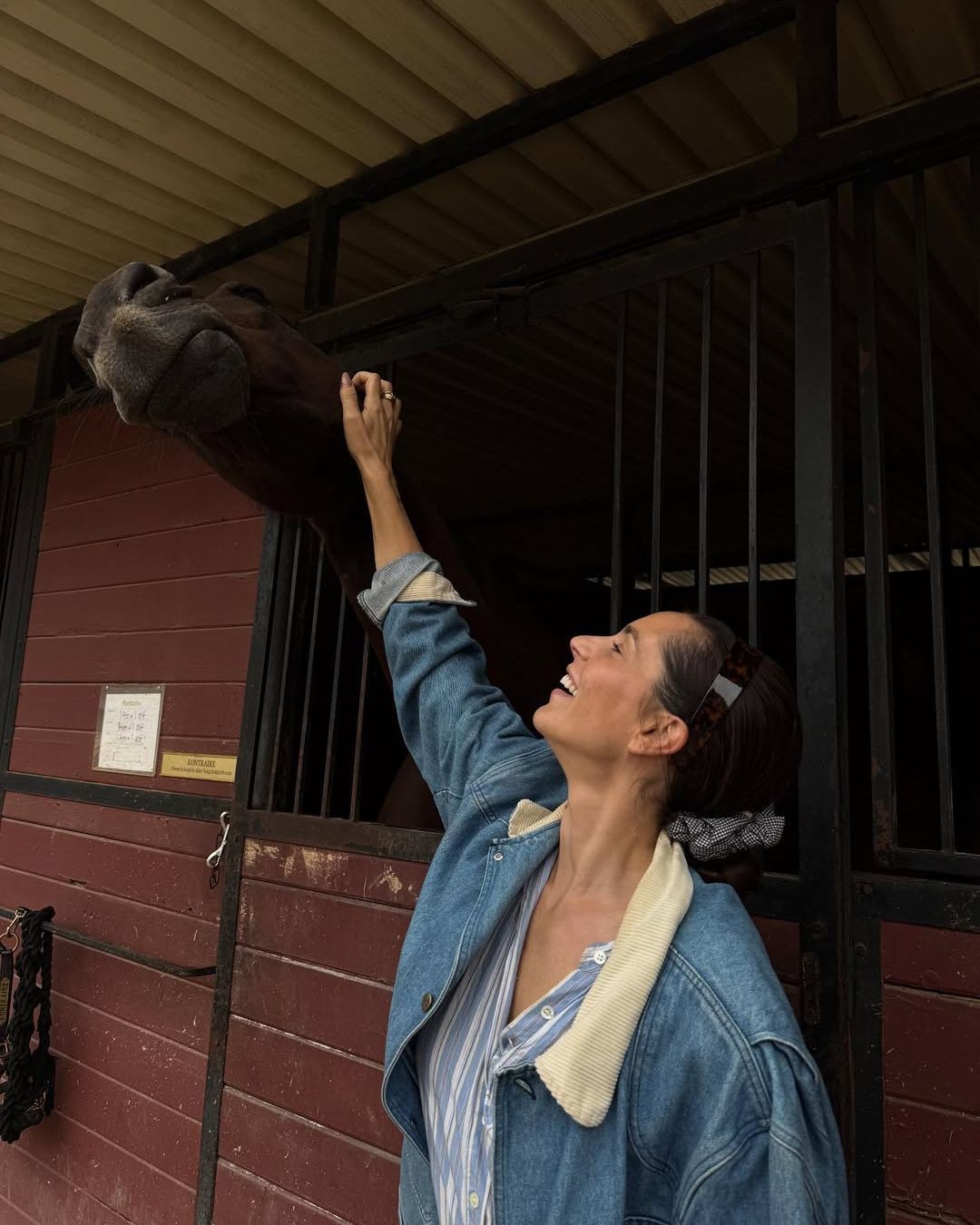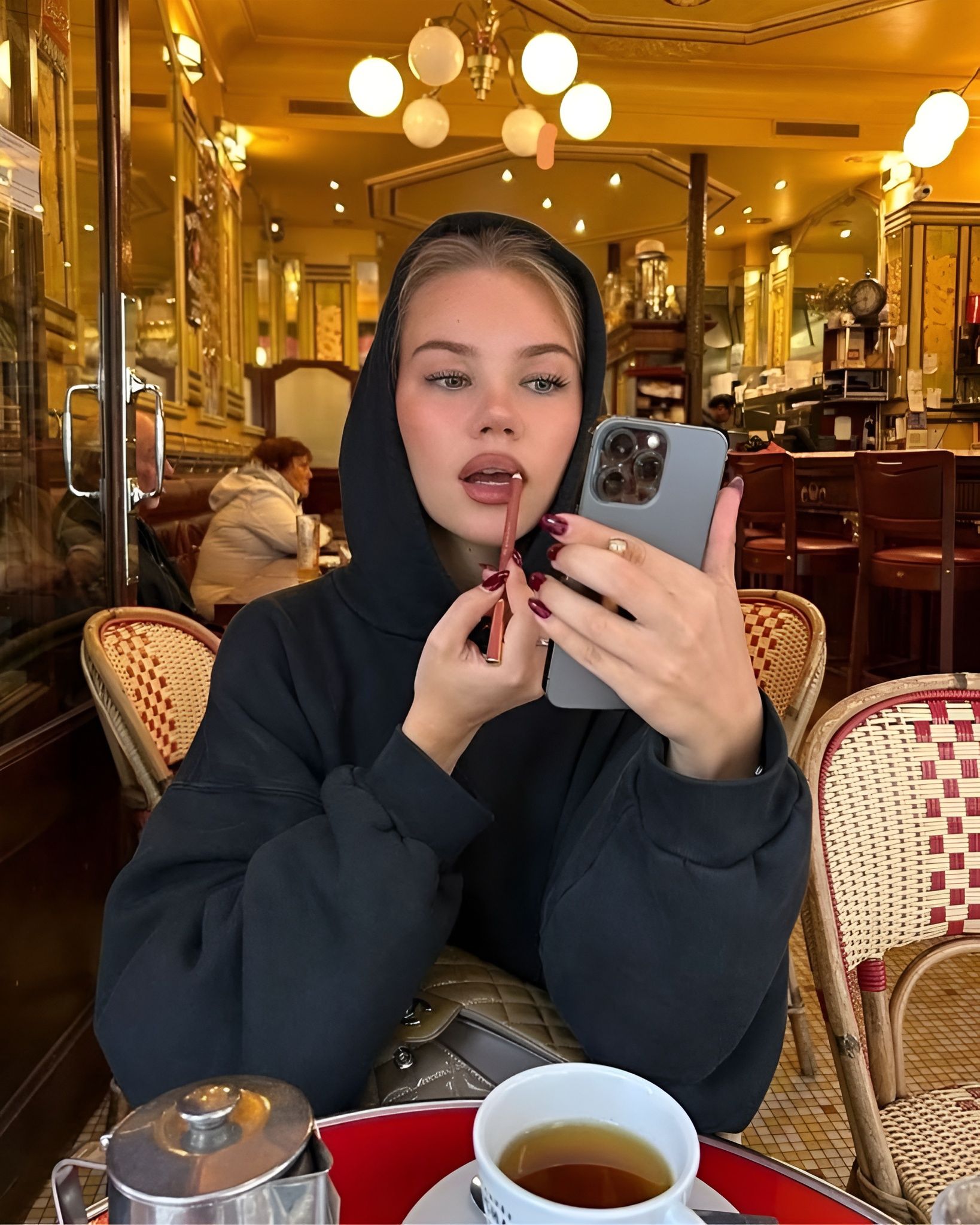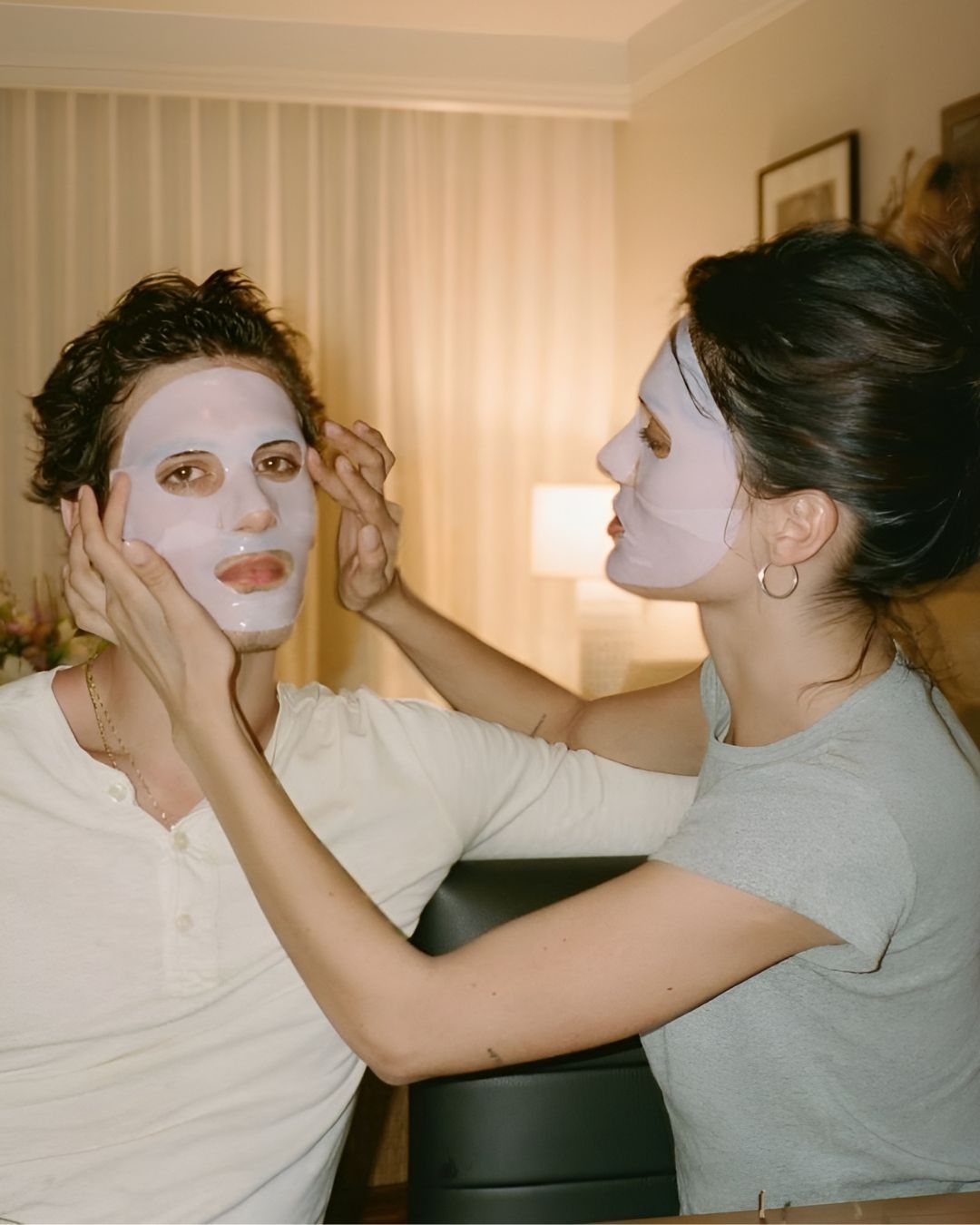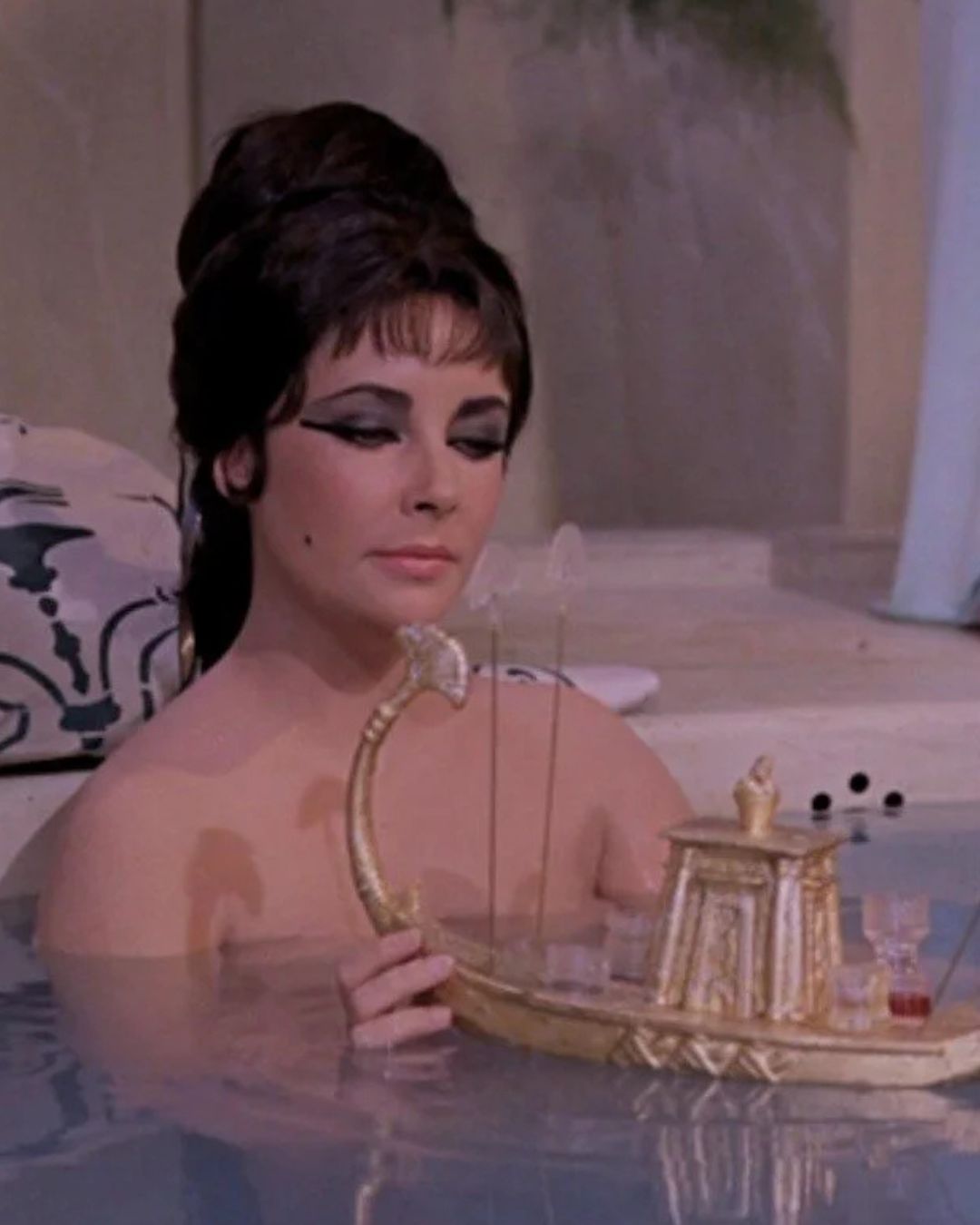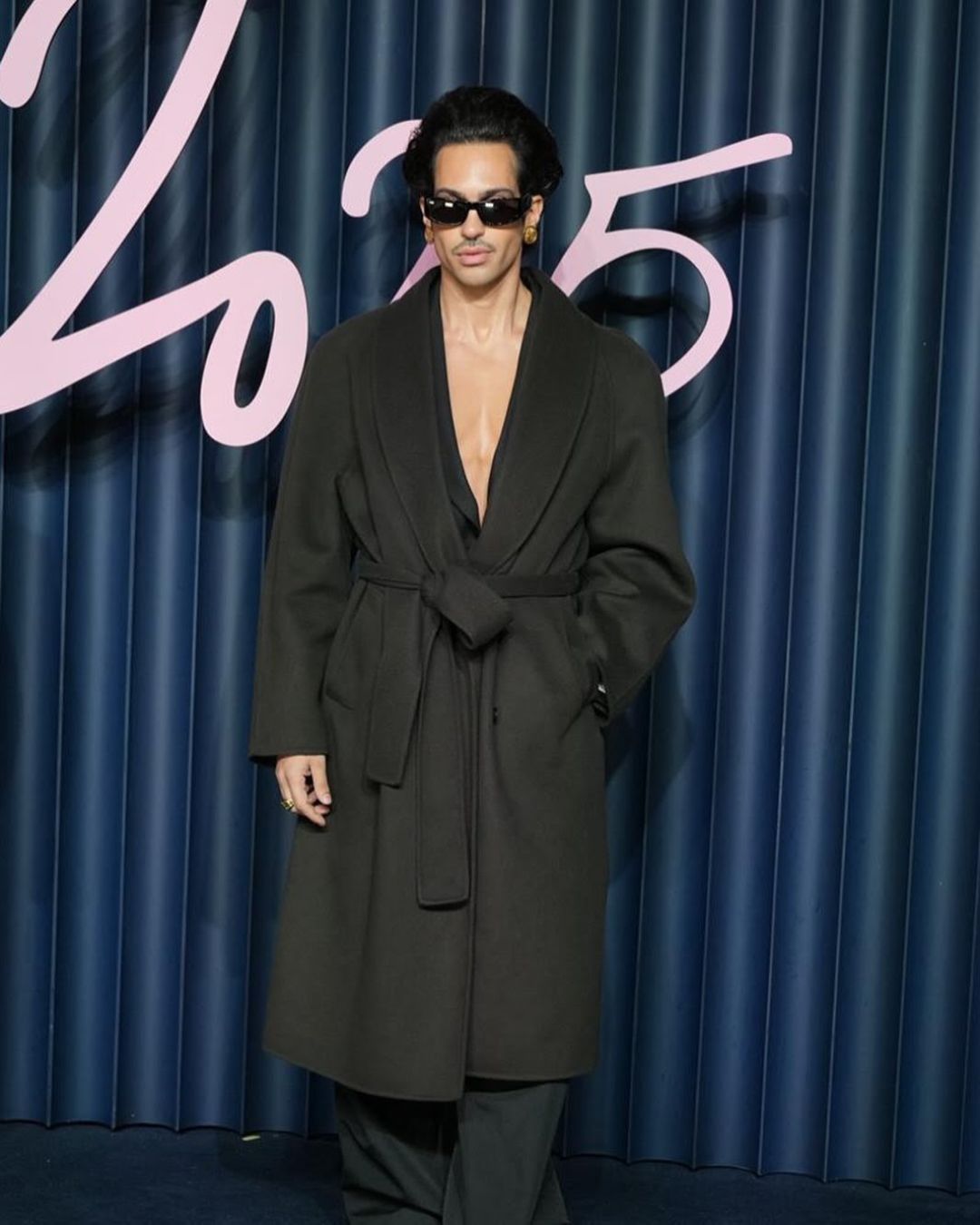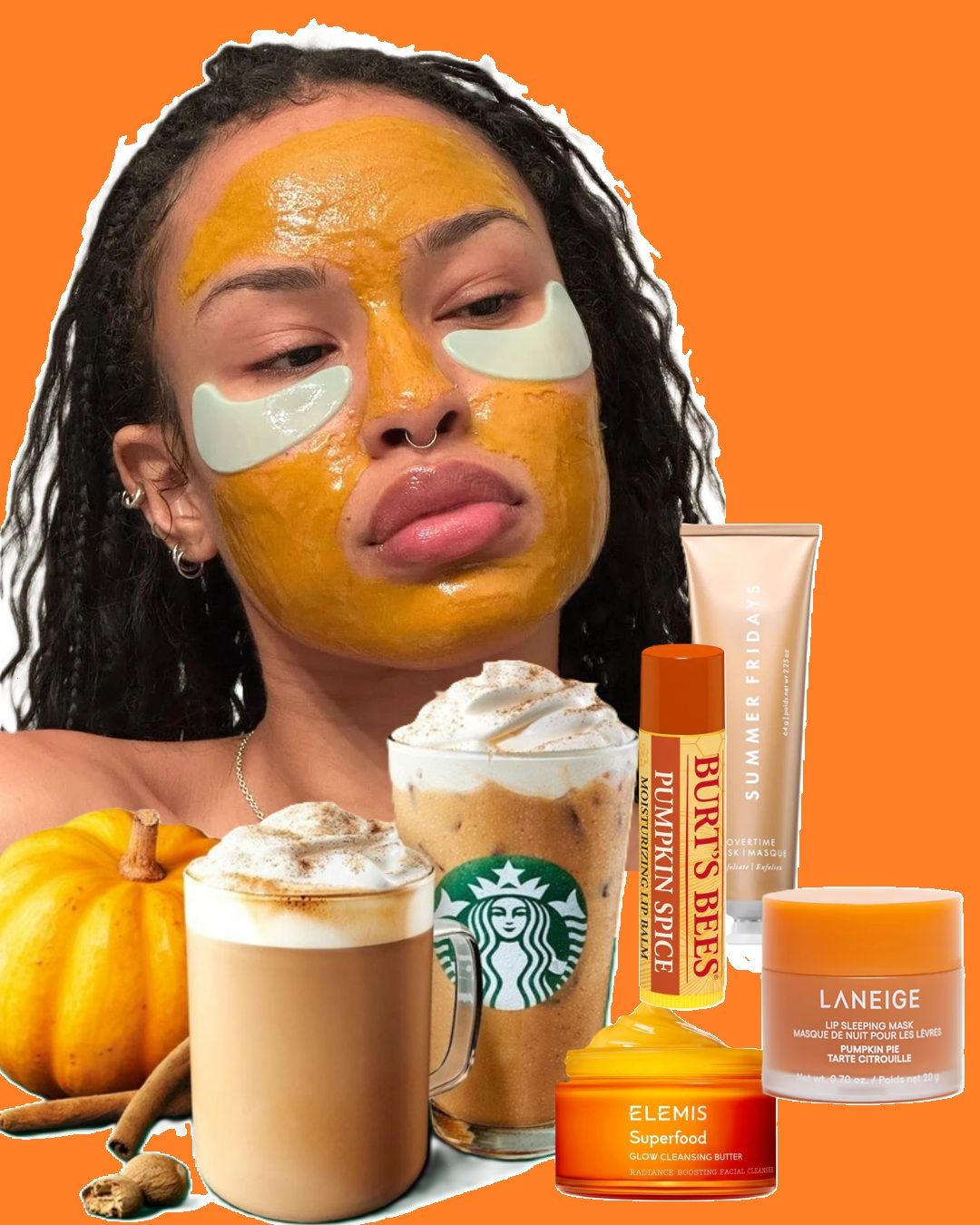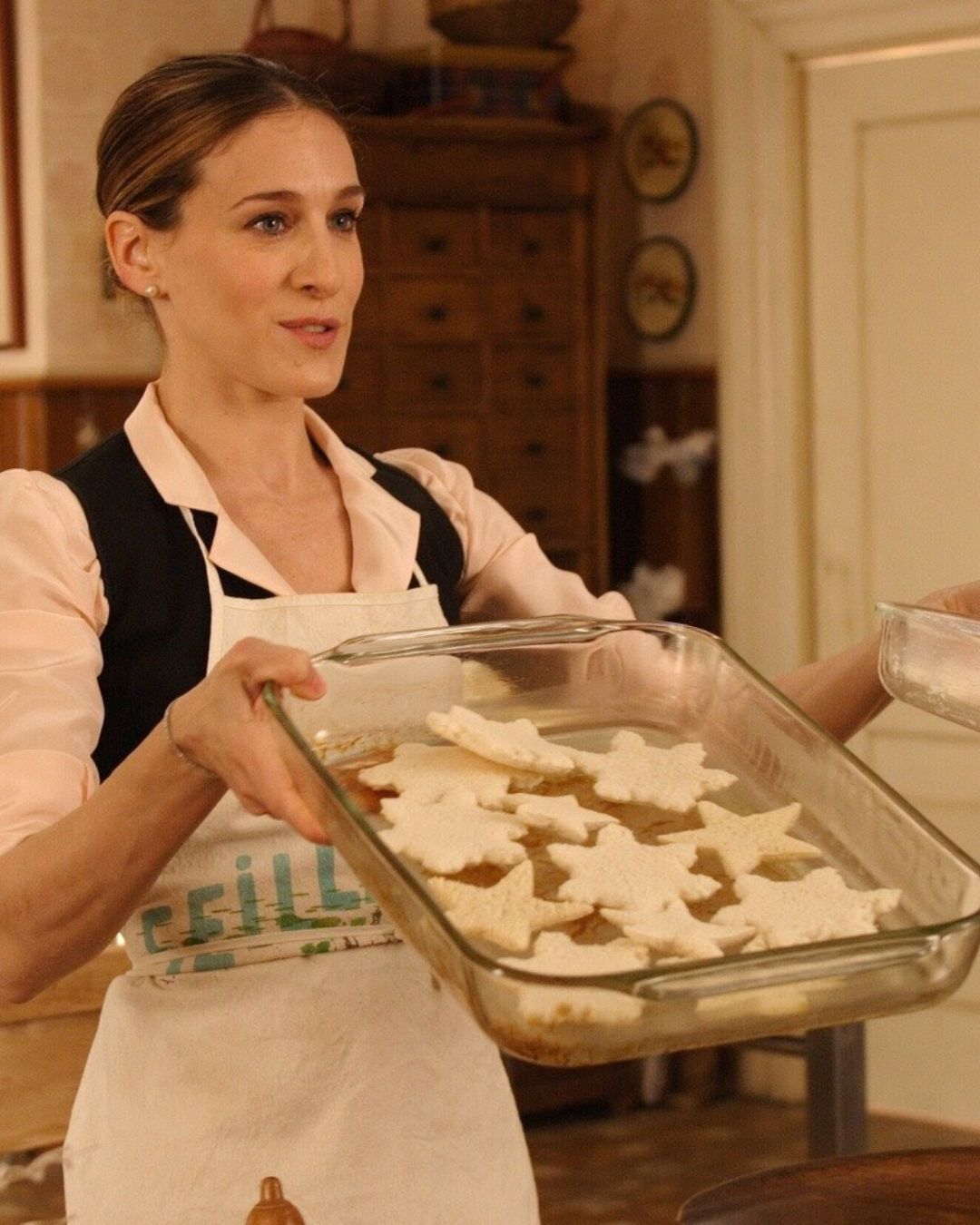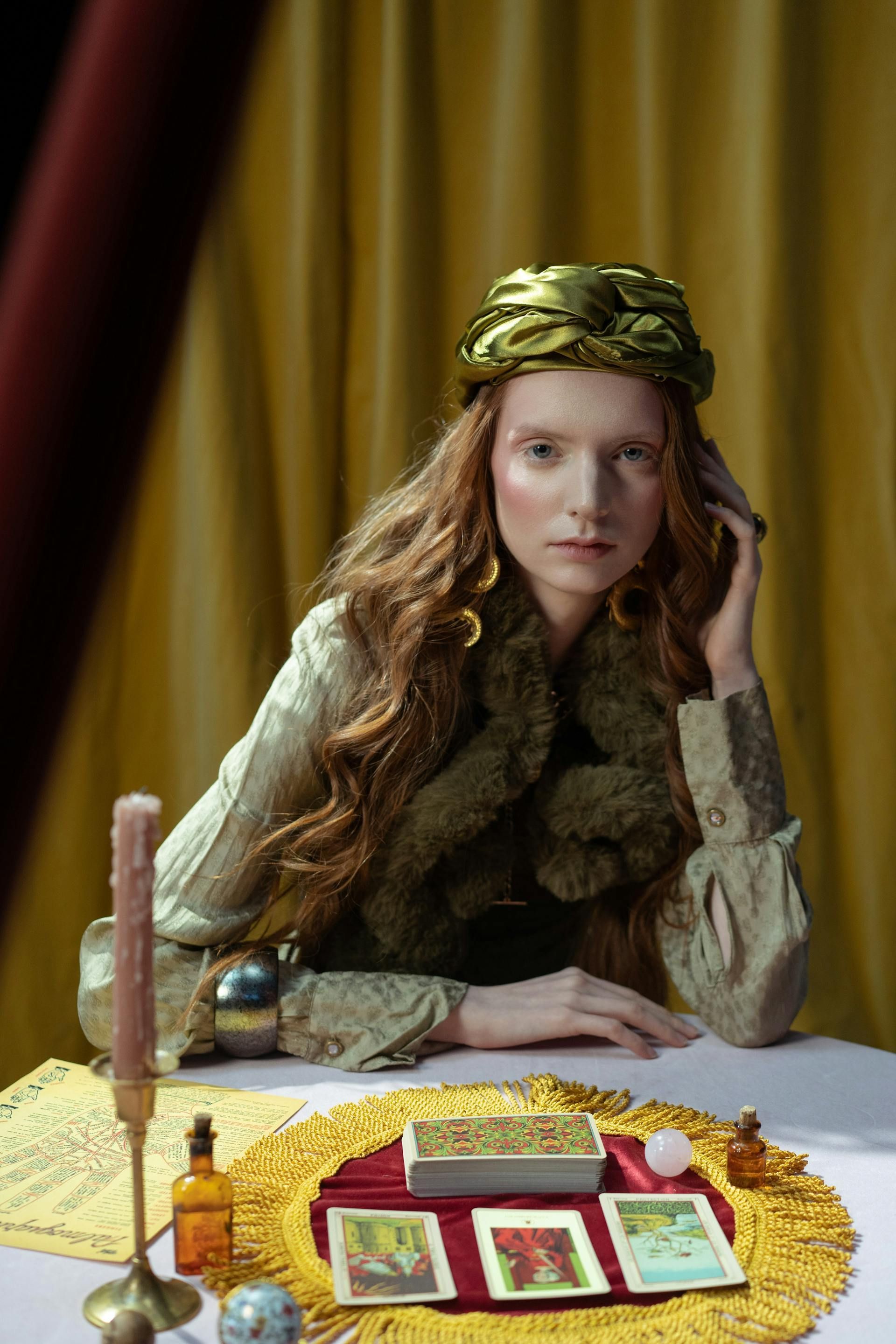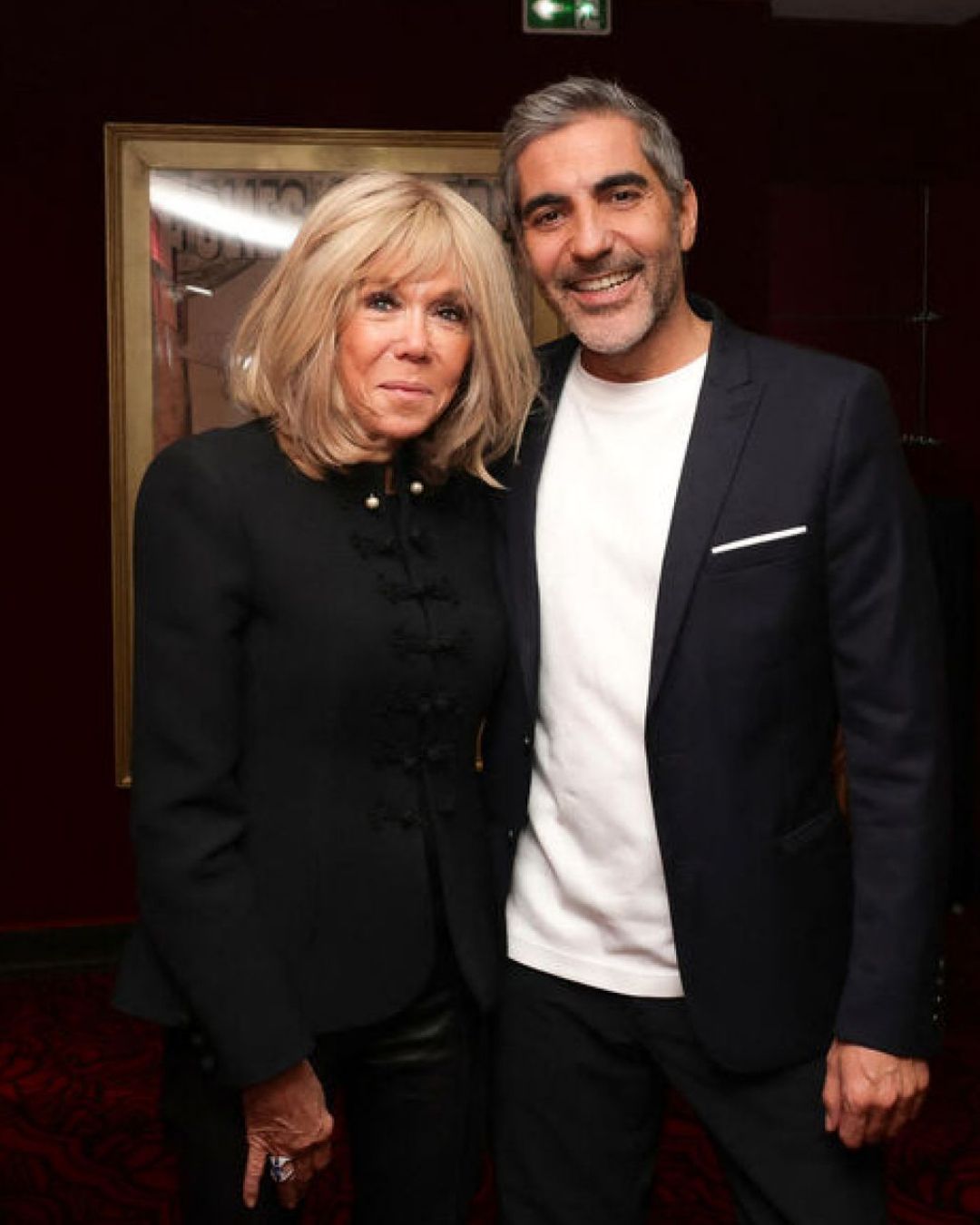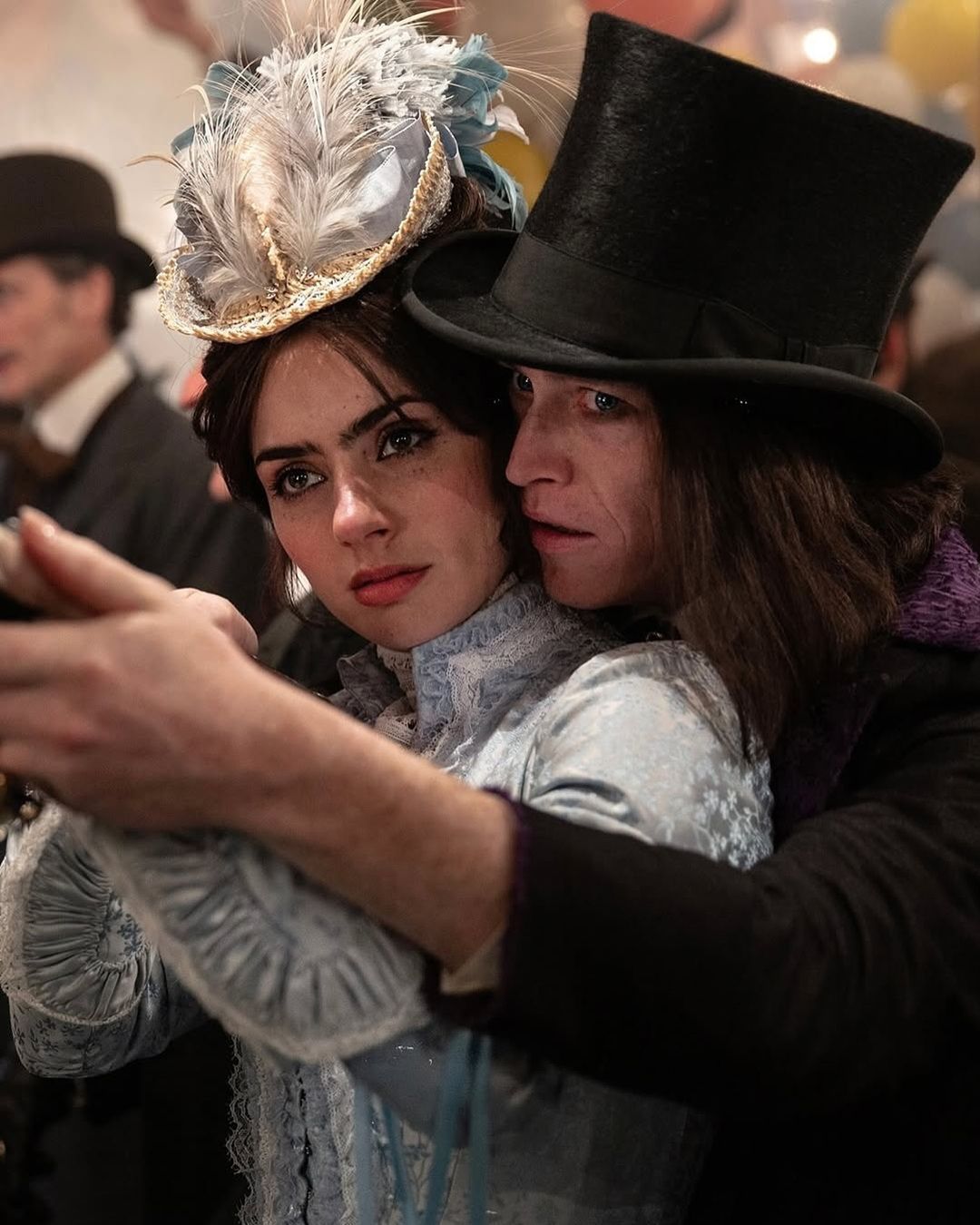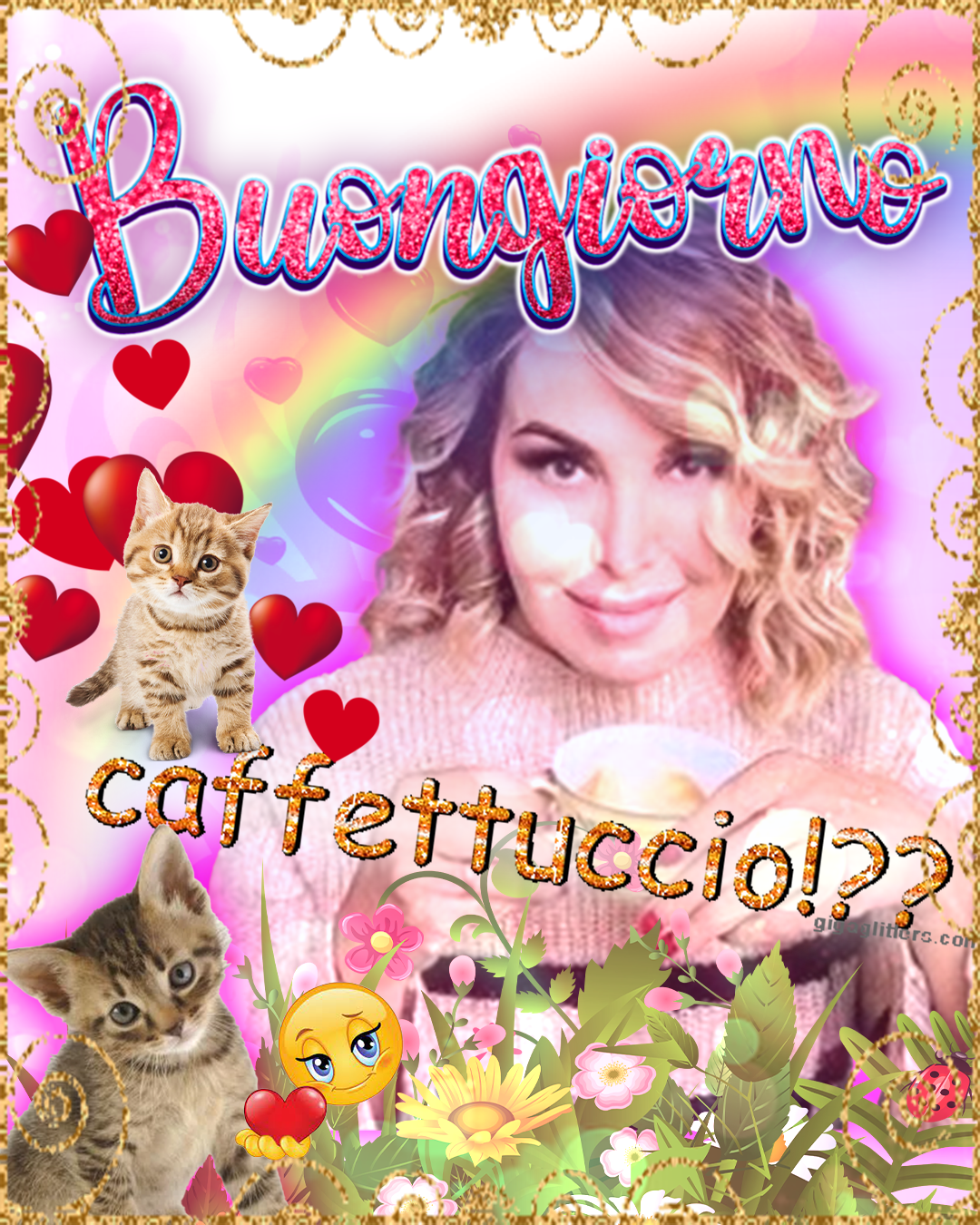
Morphology of the good morning images From boomer phenomenon to girlypop meme on the difficulty of existence
Good morning, coffee??? If you've been on Facebook or added to a family WhatsApp group in recent years (before muting it for a full year), you might have come across one of the many good morning images cluttering the internet like litter by the roadside. There are various types: with puppies, roses, glittery texts, or Jesus. Some are generally cute, while others are for special occasions like Christmas, Easter, Women's Day, etc. They can be secular or religious, with long texts or just short wishes or motivational phrases.
Good morning images started as a boomer thing
Their key feature? Being utterly non-ironic, shared in every over-50s group you were unfortunately added to, with no identifiable source. Their origins are unknown, simply emerging on the web, from an infinite, demiurge-less pool with too many creators to count. It's a collective ritual without an author, in which one participates almost out of obligation. In fact, "good morning images" frequently appear in Google trends. Their complete lack of irony and context makes them even funnier when taken out of their ecosystem, perfect for use as post-ironic reaction pics.
Buongiorno a tutti !
And they evolve before our eyes thanks to Gen Z
Following this trend, good morning images are becoming intergenerational. The internet is fluid, recognizing no boundaries of irony, age, or geography. And so, these exaggerated, glittery camp and kitsch images have become entire Instagram meme pages, talking about the struggle to wake up, go to the bathroom, survive work, emails, rain, and stress. Loud yet meaningful posts, they've become a form of contemporary expression, compulsively shared in Instagram stories. Sometimes even pop culture figures, both Italian and international, get thrown into the mix, because why not?
The difference lies in the eyes of the beholder
The funniest part might be that these two approaches exist in two separate bubbles that never intersect. The way they're viewed is completely opposite, and if your 65-year-old uncle saw these compulsive explosions of glitter, complaints, puppies in sunglasses, and kittens on skateboards, he probably wouldn't understand them. He wouldn't see them with the cynical, slightly pathetic irony that defines Gen Z and millennials, and would likely take them seriously and start spreading them around. It’s a significant generational divide that makes you think about how online content is interpreted, and opens a debate on the effects of social media on different generations. Meanwhile, we can at least have a laugh.















